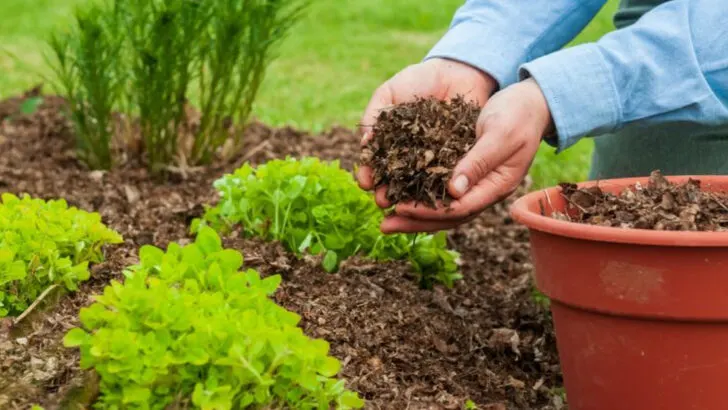If you’ve ever tried to make your own plant watering system from a soda bottle or poked holes in a milk jug, you’re not alone—and you’re definitely not the only one who’s seen less-than-thrilling results. While the internet is full of DIY watering hacks, not all of them are worth your time. Some even do more harm than good, leaving your plants overwatered, underwatered, or just plain confused.
This guide separates the 5 most common watering shortcuts that backfire from 11 smart, effective methods that gardeners actually swear by. Whether you’re trying to keep your balcony garden alive during a heatwave or just want to make watering a little more hands-off, these tried-and-tested ideas can help.
From slow-drip setups to recycled materials that truly work, you’ll learn how to keep your plants hydrated the right way—without harming your soil, roots, or overall garden health. Skip the gimmicks, and give your plants what they really need.
Backfire: Ice Cube Irrigation

The idea of using ice cubes to water plants sounds perfect for controlling moisture levels. However, the icy touch can be too harsh on roots. Plants accustomed to tropical climates may suffer from shock, impeding growth. Imagine the chill on a sensitive plant’s roots, akin to a cold shower. While the technique offers ease, it trades off the warmth and consistency most houseplants crave. In the long run, our leafy companions need more predictability in their hydration routine. Opt for room-temperature solutions to keep them thriving.
Backfire: Fizzy Drinks as Fertilizer
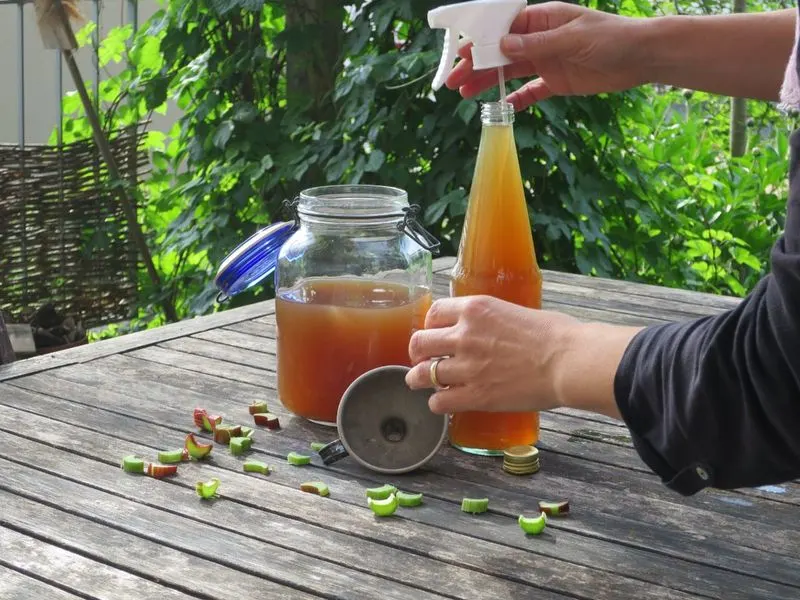
Pouring fizzy drinks into plant soil might seem like an innovative way to provide nutrients. However, the high sugar content can attract pests and promote mold growth. These sweetened beverages often contain chemicals harmful to plant health. While the fizz might intrigue, it’s not the treat your plants need. A sip of soda could lead to an ant invasion or fungal foe. Stick to water and proven fertilizers for a healthier garden environment. When in doubt, remember: what benefits humans doesn’t always benefit plants.
Backfire: Overhead Sprinkling
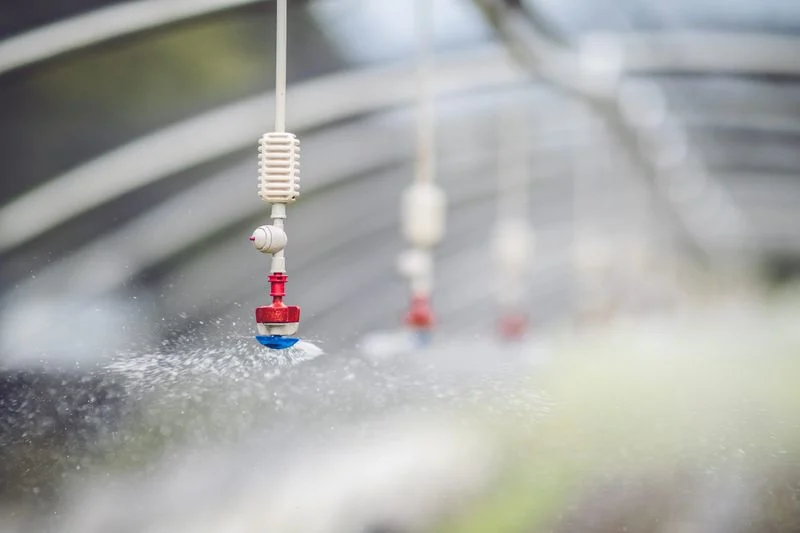
Watering plants from above with sprinklers seems efficient, but it can lead to more harm than good. The practice increases the risk of fungal diseases as leaves stay wet longer. Sunlight can also scorch wet leaves, leaving unsightly marks. While sprinklers cover large areas swiftly, they often miss the crucial roots. Aiming for the roots ensures that plants receive the nourishment they need. Instead, use soaker hoses or drip irrigation for targeted hydration. Your flourishing garden will thank you for the extra care.
Backfire: Self-Watering Globes
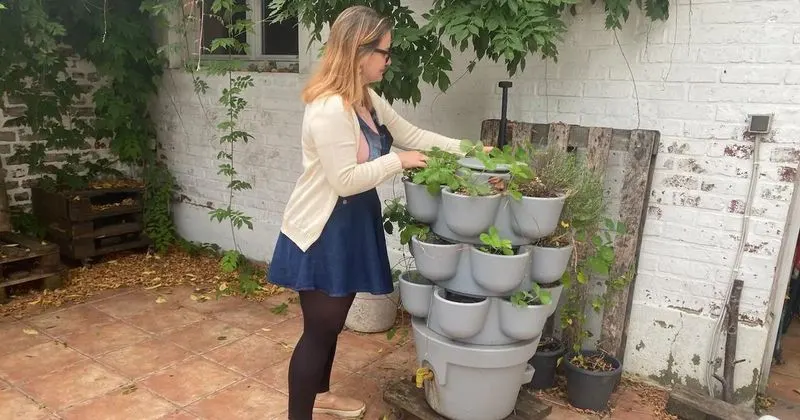
Self-watering globes promise to simplify plant care, but they can be more trouble than they’re worth. These globes can release water inconsistently, either over-saturating or barely moistening the soil. The irregularity can confuse plants, leading to overwatering or dehydration. Despite their aesthetic appeal, they lack the precision plants need for steady growth. Regular checking and adjusting become necessary, defeating the purpose of convenience. Embrace manual watering techniques to provide your plants with the regular care they thrive on.
Backfire: Coffee Grounds Overload
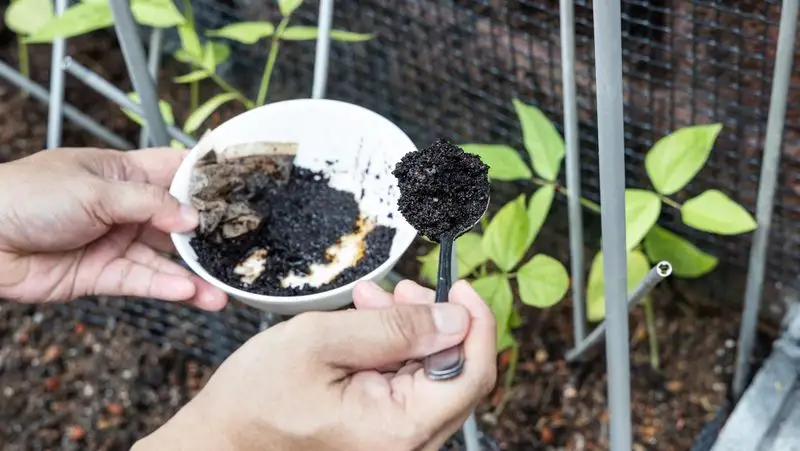
Coffee grounds are often hailed as a miracle soil amendment, but overdoing it can spell disaster. Excessive coffee grounds can compact soil, affecting drainage and air circulation. The rich acidity might not suit every plant, potentially altering soil pH levels unfavorably. A sprinkle might aid soil structure, yet moderation is key. Too much can stifle your plant’s roots, leaving them gasping for air. When used sparingly, coffee can benefit, but overuse is a cautionary tale every gardener should heed.
Success: Bottom Watering Technique

Bottom watering is a clever way to ensure roots receive moisture directly. By allowing plants to soak up water from below, you encourage deep root growth. It’s especially beneficial for plants sensitive to wet foliage, reducing the risk of fungal issues. Simply place the pot in a water-filled tray, and let capillary action do the work. This method provides a steady moisture supply, ideal for many houseplants. Your plants enjoy a refreshing drink without the risk of over-saturating the topsoil, promoting robust growth.
Success: Use of Mulch to Retain Moisture

Mulch acts as a protective shield, locking in soil moisture and reducing evaporation. By covering the soil with organic matter, you minimize the need for frequent watering. It’s a natural way to regulate soil temperature and suppress weeds, giving plants a nurturing environment. This technique saves time and water resources while promoting healthier plants. A well-mulched garden can withstand dry spells with ease. Enjoy happier plants with less effort, as mulch does the heavy lifting in moisture retention.
Success: Rainwater Collection Systems

Collecting rainwater is an eco-friendly approach to garden irrigation. Not only does it conserve water, but it also provides plants with soft, chemical-free hydration. Installing a rain barrel makes use of natural rainfall, offering a sustainable water source. This method benefits the environment and reduces utility bills. Gardeners can rest easy knowing their plants receive the best nature has to offer. Embrace the simplicity and sustainability of rainwater collection for a thriving garden.
Success: Drip Irrigation Systems

Drip irrigation delivers water precisely where plants need it: at the roots. This system minimizes water waste and ensures efficient hydration. By targeting the soil directly, drip irrigation reduces evaporation and run-off. It’s particularly advantageous for gardens with varied plant species, each requiring different moisture levels. Installation might require effort, but the reward is a consistently nourished garden. Enjoy the peace of mind that comes with knowing each plant receives optimal care.
Success: Proper Timing of Watering

Timing can be everything when it comes to watering. Early mornings or late afternoons are ideal, as cooler temperatures reduce evaporation. This practice ensures water reaches the roots before the day’s heat intensifies. By choosing the right moment, gardeners optimize moisture absorption and minimize waste. Your plants thank you for this thoughtful timing by flourishing more vibrantly. A simple adjustment can make all the difference in maintaining a thriving garden with minimal effort.
Success: Soaker Hose Efficiency
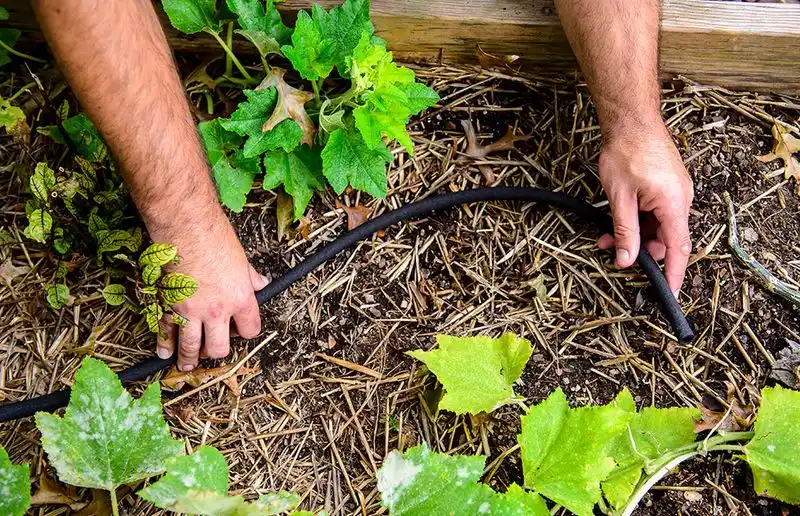
Soaker hoses provide a practical solution for watering large garden beds. These hoses deliver water directly to the soil, minimizing evaporation and ensuring even distribution. They’re excellent for dense plantings where overhead watering would be inefficient. The slow, steady release of water fosters deep root growth and healthy plant development. With their ease of use, soaker hoses are a favorite among seasoned gardeners. Enjoy a lush, vibrant garden with less water waste and more convenience.
Success: Watering with Recycled Water

Recycling water from household activities offers a sustainable way to hydrate your garden. Water from cooking or rinsing vegetables can be repurposed, reducing waste. This practice conserves resources while providing plants with the moisture they need. Ensure the water is free from harmful chemicals or salts before use. It’s a creative solution that supports both your garden and the environment. With thoughtful recycling, every drop counts toward a thriving garden.
Success: Use of Plant Moisture Meters

Moisture meters take the guesswork out of watering by providing accurate soil moisture readings. By measuring the soil’s moisture level, you avoid over or under-watering. This tool is a game-changer for maintaining plants with specific moisture needs. Simply insert the meter into the soil, and let the readings guide your watering routine. It’s an invaluable resource for both novice and experienced gardeners. Enjoy peace of mind knowing your plants are consistently well-cared for.
Success: Grouping Plants with Similar Water Needs

Arranging plants with similar water needs simplifies watering and fosters a better growth environment. This strategy prevents over or under-watering, ensuring each plant receives the care it needs. Grouping also aids in creating microclimates, benefiting plant health. By understanding each plant’s needs, gardeners can create a harmonious environment. It’s a thoughtful way to streamline care and promote a thriving plant collection. Embrace simplicity and effectiveness by grouping wisely.
Success: The Role of Pebble Trays in Humidity Control

Pebble trays are a clever hack for increasing humidity around plants, especially in dry environments. By placing plants on trays filled with water and pebbles, evaporation boosts local humidity. This method is particularly beneficial for tropical plants craving moisture. It’s a simple, low-maintenance way to create a hospitable environment. Pebble trays provide consistent humidity without the risk of overwatering, making them ideal for many indoor plants. Enjoy healthier, happier plants with this easy trick.
Success: Using Clay Pots for Balanced Hydration

Clay pots offer a natural way to regulate soil moisture through their porous surface. These pots allow excess moisture to evaporate, preventing waterlogged roots. They’re an excellent choice for gardeners aiming for balanced hydration. The earthy appeal of clay pots also enhances garden aesthetics. While they may dry out quicker, the benefit of avoiding root rot is significant. For those who appreciate tradition and functionality, clay pots provide both in abundance.

